The renaissance fair vibe: Why being there makes all the difference
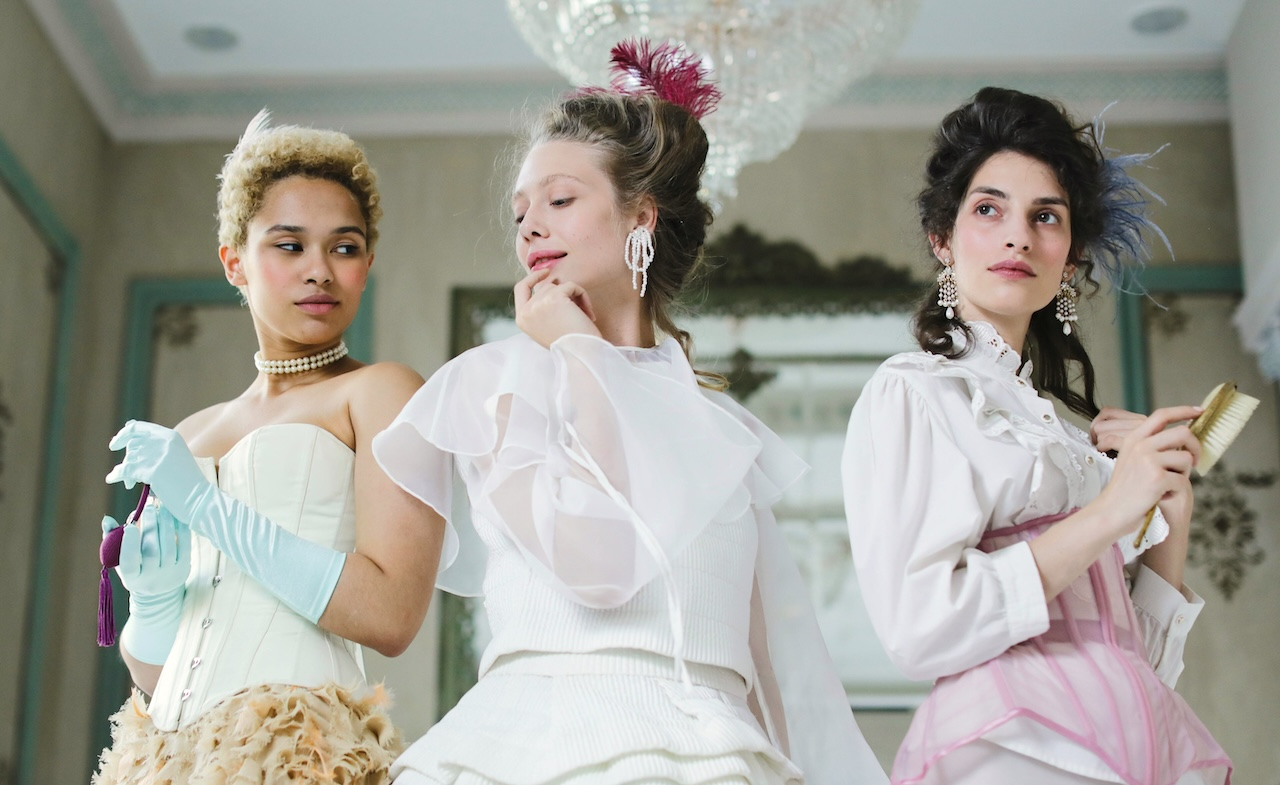
There is something uniquely magical about Renaissance fairs. Between the clash of swords, the aroma of roasted meats, and the chorus of medieval music drifting on the breeze, these events evoke a sense of stepping into another era. Glimpses are available online – highlight reels, live streams, social media snippets – but regardless of screen quality, the atmosphere simply does not translate in the same way.
Here is a closer look at why Renaissance fairs truly come alive through in-person attendance – and why stepping away from the screen is essential to fully experience them.
The full-sensory experience
Watching a fair through a screen flattens everything. In person, however, the experience becomes a full-on assault on the senses – in the best way. Imagine vibrant costumes swirling in every direction, the scent of open-fire cooking in the air, the weight of a tankard in hand, and the background hum of music, laughter, and cheer.
This sensory immersion establishes the atmosphere. Online, only visuals and audio are available. In person, the entire body is engaged, and that makes all the difference.
The human connection
Renaissance fairs are not solely about observation; they emphasise interaction. Upon entering the gates, visitors step into a living, breathing village. Encounters may include jesters offering jokes, blacksmiths explaining their craft, and fellow fairgoers initiating conversations as if long-standing acquaintances from the tavern.
The atmosphere is communal, welcoming, and delightfully eccentric – an experience that resonates most when participants are physically present, sharing space and energy with others who are equally enthusiastic.
Dressing up and fitting in
One of the best aspects of attending a Renaissance fair is dressing in period-appropriate attire. Whether opting for a full knight’s ensemble, donning a flower crown as a fae, or simply wearing a tunic, there is a particular joy in participating in the experience. Once in costume, the atmosphere of the fair transforms – attendance shifts from that of a mere visitor to that of a participant.
Costumed guests are often addressed as “my lady” or “milord” by strangers, pose for photos with sword-wielding pirates, and frequently rediscover a childlike sense of delight. This playful sense of belonging cannot be replicated through virtual means. For further information on period fashion, see this resource on styling vintage corsets comfortably.
The buzz of live performances
Few experiences elevate the heart rate like witnessing a live joust. The thundering hooves, the roar of the crowd, the sudden clash of armour – all contribute to an electric atmosphere. Online clips cannot replicate that raw, unpredictable energy. The same holds true for fire dancers, acrobats, or improv comedy troupes. These are not performances to be observed in silence – they demand reaction, laughter, and sometimes even participation from the audience.
This is theatre where the boundary between spectator and performer blurs, creating a collective energy that proves highly contagious.
The food is half the fun
Half of the Renaissance fair experience is the opportunity to sample a variety of foods. Giant turkey legs, meat pies, spiced cider, and sweet roasted almonds are among the popular offerings. Consuming these dishes outdoors, often from a wooden plate and served by staff in period costume, transforms the act of eating into an immersive, time-travel-like experience.
Food serves as a unifying element, and at a fair, it becomes a feast for all the senses. This communal and atmospheric dining is widely considered more engaging than simply ordering takeaway while watching a livestream.
Escaping reality (and the phone)
Life is noisy. Scrolling and multitasking have become constant habits. Renaissance fairs offer one of the few remaining opportunities to truly unplug. There is no pressure to check a phone, and the atmosphere is so immersive that doing so becomes unnecessary. The fair encourages a slower pace in the best way. Stroll, chat, watch, and play. For a few hours, the present year fades away, replaced by a whimsical world where dragons might exist and requests for Zoom links are nonexistent.
Why streaming just isn’t the same
Watching from home is convenient. However, this experience lacks the essence that brings a Renaissance fair to life. The scent of herbs in the apothecary tent cannot be detected, joining the crowd in a hearty “HUZZAH!” is not possible, and high-fiving a knight after a joust is out of reach.
Streaming may offer a glimpse, but the true atmosphere is only experienced by being physically present.
Conclusion
The Renaissance fair vibe is something special – it’s wild, warm, and wonderfully weird. However, this atmosphere truly comes to life only through in-person attendance. For those who have experienced these events solely via remote viewing, now is the moment to don a cloak, take up a goblet, and become part of the story directly.
The magic cannot be streamed; presence is required to fully experience it.
The editorial unit








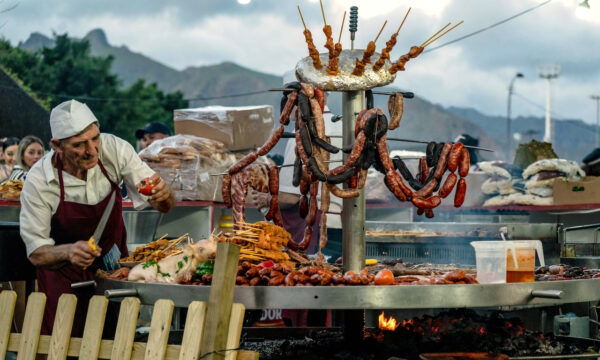
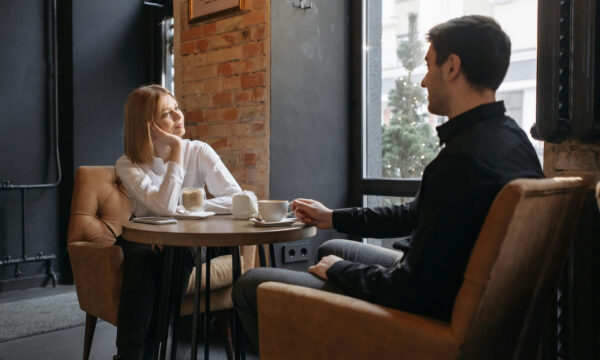
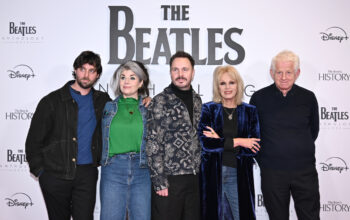


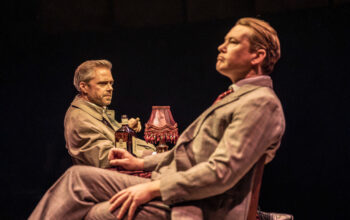
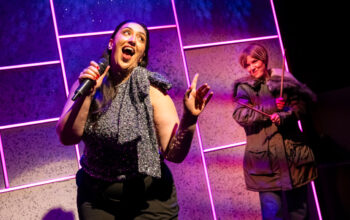

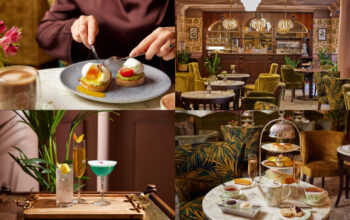


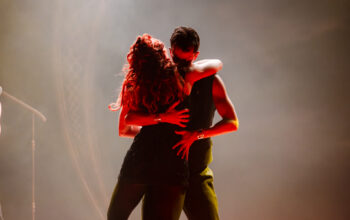





Facebook
Twitter
Instagram
YouTube
RSS